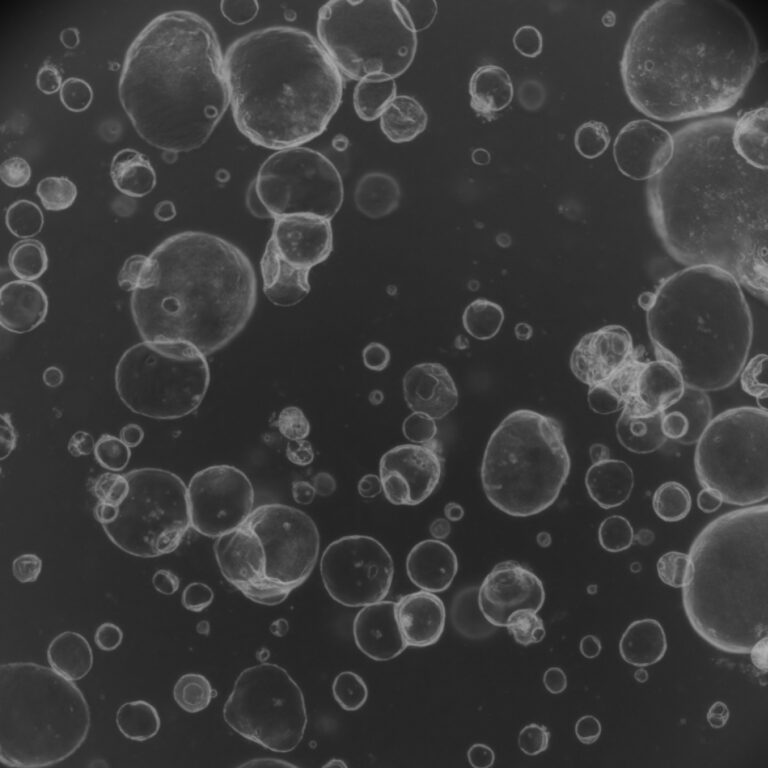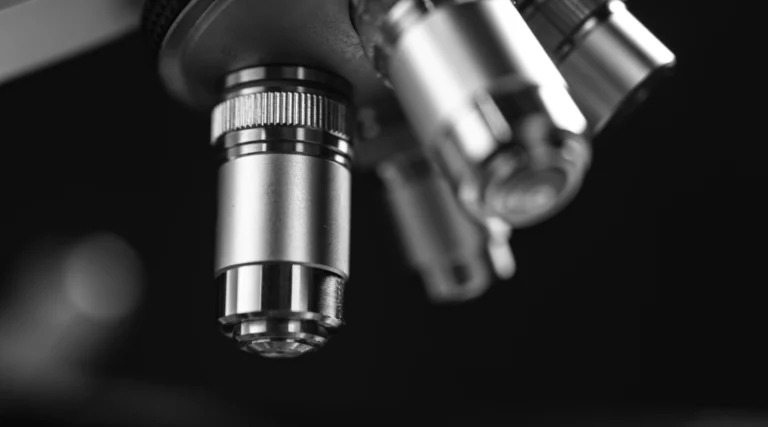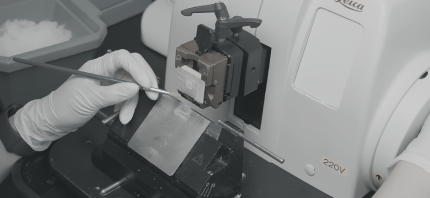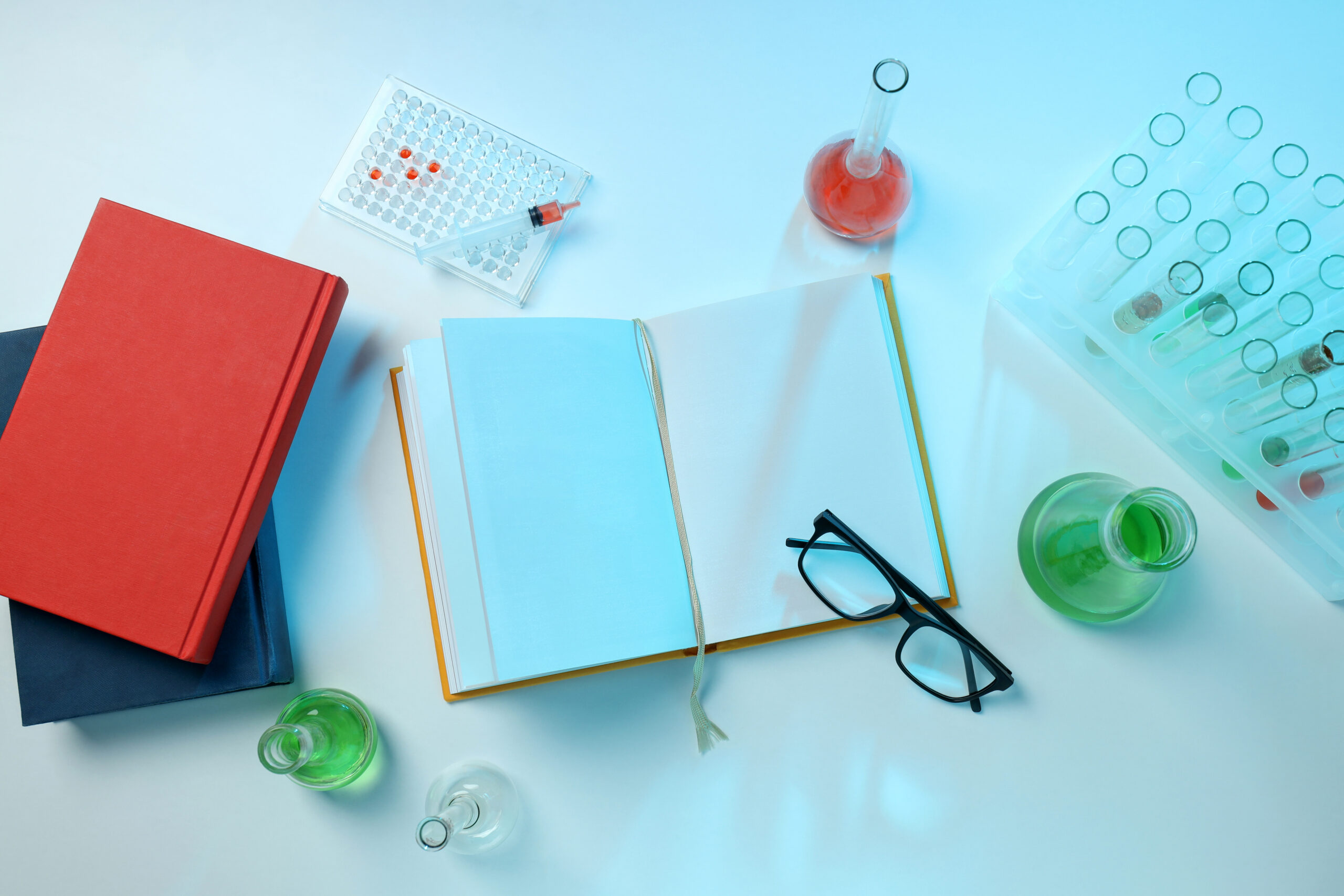What if we could grow organs to repair ourselves?
What if 50 years from now, you could replace a failing liver with a lab-grown version of your own? Or patch up damaged intestines using a bandage made of your own cells?
These were the kinds of questions posed during the 8th session of ODC 25, a conversation blending cutting-edge science with philosophical reflection and even pop culture.
Read more: ODC 2025 – A Festival of Science, Art & Culture
“If we can replace the damaged parts, will we still feel like the same person?” – A question raised in response to organoid-based body repair.
Hosted by: Park Ji-Young
Featuring:
- Prof. Sun Woong, Korea University
- Jin Woo Lee, CEO of 3 PRO TV
- Dr. Mi Young Son, Director, Korea Research Institute of Bioscience (KRIBB)
- Eun Hye Lee, CMO, Animal Free Initiative (AFI)
- Jong Man Yoo, CEO, OrganoidSciences
From Millimeters to Miracles: The Current Landscape
Organoids – miniature versions of human organs grown from stem cells – are already transforming research and regenerative medicine. Though still small (think fingernail-sized), they represent a massive leap.
- Liver, intestine, and even brain organoids are being used to model diseases and test treatments.
- Korean biotech company OrganoidSciences is among the first globally to launch clinical trials using organoid-based therapies.
- Some liver disease patients, previously out of options, are now recovering through cell-based interventions.
“People said it was impossible in 2015. Ten years later, we’re proving it’s not.”
– CEO Jong-Man Yoo, OrganoidSciences
Brain Organoids That Control Robots?
In one of the session’s most surreal moments, researchers revealed how brain organoids – tiny neural structures – have been wired to communicate with a robot. These lab-grown “mini brains” can respond to stimulation and send directional cues, opening up new frontiers in neuroprosthetics and brain-machine interfaces.
While we’re still far from sentient machines, the possibilities are staggering.
When Science Catches Up to Sci-Fi
Eun-Hye Lee, a creative industry leader and CMO of AFI, drew vivid parallels between today’s breakthroughs and yesterday’s fiction.
- The Island (2005) imagined clones raised for spare parts.
- Mickey 17, Bong Joon-ho’s most recent film, explores printable bodies and backup lives.
“Science in movies is often a narrative tool, but real organoid science forces us to consider the ethics in earnest.” – Eun-Hye Lee, AFI
The blurred line between cinematic imagination and scientific possibility leads to deeper questions: What makes us human? Where is the line we shouldn’t cross?
Can Science Go Too Far?
As with any powerful technology, the potential for misuse raises concern: Could someone build fully functional organs – or even people – behind closed doors?
The panelists were quick to ground the discussion: Real organoid development demands massive collaboration, public funding, and is subject to strict regulation. The sci-fi dystopia of rogue labs isn’t impossible, but it’s far from today’s reality.
Still, imagination drives discovery. And sometimes, fiction serves as warning.
Looking Ahead: Not Organs, but Healing
Organoids may not replace full organs just yet – but they’re already healing tissue, restoring vision, and calming inflammation. Key applications include:
- Corneal transplants – now in human trials
- Organoid “bandages” for intestinal injuries
- Drug screening for personalized therapies
“It’s not about replacing the whole liver. It’s about placing a piece of living tissue – like a patch – that helps the body heal itself.”
Final Thought
In this session, experts didn’t just map the science – they shared a vision: a future where biology, technology, and ethics move together to reshape life itself. Whether you’re a scientist, skeptic, or sci-fi fan, one thing is clear: the future body is already under construction.
Lambda Biologics’ Organoid Solutions: Adult Tissue and PSC-Derived Organoid Models for Drug Discovery
Drug development demands accuracy, speed, and relevance to human biology. At Lambda Biologics, we deliver advanced organoid-based platforms that replicate the complexity of human organs – empowering pharmaceutical and biotechnology companies to make better decisions, faster.
Cerebral Organoid | Midbrain Organoid | Skin & Hair Organoid | Intestine Organoid |





